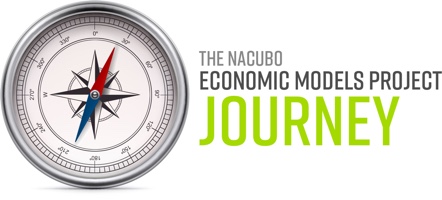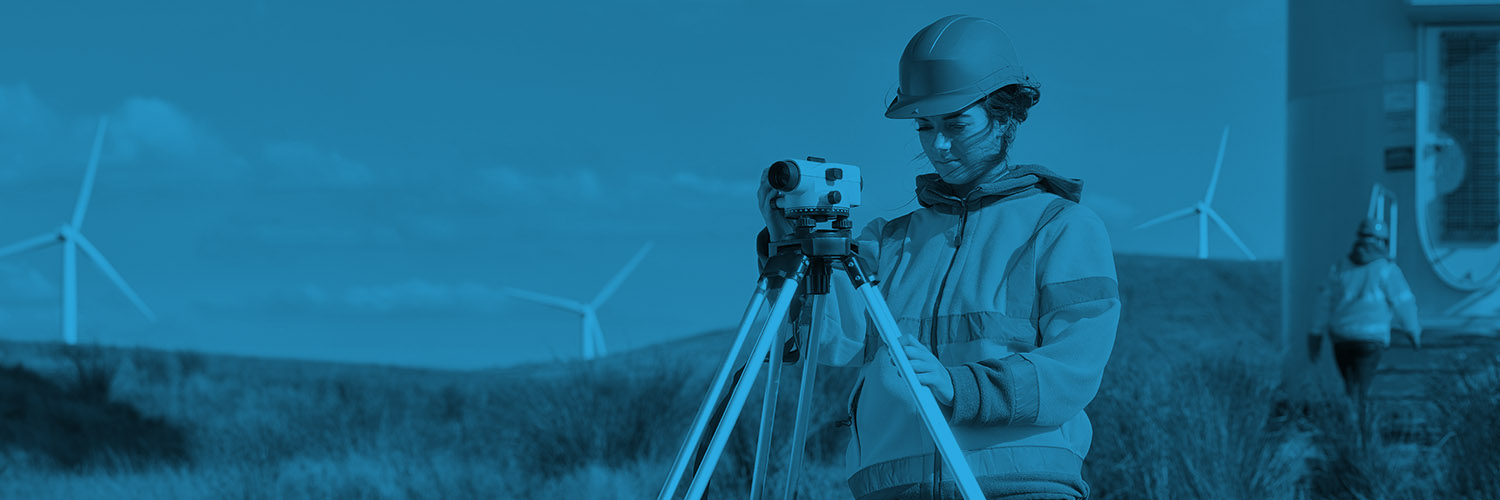
Resources
Resources supply the means for colleges and universities to attain their missions. The Resources domain of the economic framework encompasses all of the assets of a college or university, both tangible and intangible—including human, capital, financial and data.
“While course content remains paramount for faculty, achieving the university’s mission today also requires attention to teaching processes, costs and margins.” William F. Massy, Professor Emeritus of Education and Business Administration, Stanford University
Critical to economic sustainability is the alignment of resource acquisition and deployment strategies with institutional mission, goals and competencies. Some departments and units within a college or university may not make optimal use of their resources when traditional incremental budgeting processes are used or if planning and budgeting are not integrated.
Planning and Budgeting Tools
As a result, new planning and budgeting tools and practices are being developed and implemented at many colleges and universities. Responsibility Centered Management (RCM) is growing in popularity, particularly among large, research institutions, as it aligns resources with the activities and programs that generate them. A more recent development for higher education is the use of activity-based costing to analyze cost differentials between disciplines and delivery modalities. The University of California, Riverside and Johnson County Community College in Overland Park, Kansas are leaders in applying these concepts.
Capital and human resources also require a vision of long-term requirements. Such assets engender long-term institutional commitments – to faculty due to tenure and buildings due to lifespan. Academic plans for new or expanding programs must recognize that the construction of specialized facilities may create inefficient use of space and buildings that cannot adapt to changing instructional and research needs.
Resources also play key roles as metrics of organizational success, because financial measures are frequently used as the dashboard for assessing an institution’s economic well-being and sustainability. It is important to remember, however, that financial statements are not the problem, but merely a barometer, and that they reflect past activity in looking back.
Combined with other measures from student and academic databases, accounting analytics can provide key information to inform institutional performance and decision-making. Teresa Hardee, Former Chief Operating Officer at Delaware State University, puts data resources to work in weekly meetings that have enabled the university to reallocate other resources to focus on student success initiatives.
Identification of new financial resources has become critical to all colleges and universities. For many, this means increased attention to philanthropic efforts including outreach to alumni, foundations and other potential donors and to changing investment strategies for their endowments. Many institutions are also looking to the markets for ways to leverage capital and human assets. While colleges and universities have outsourced bookstores and food service for decades, partnerships with private entities are broadening in scope and becoming more strategic and intentional in their focus on generating income.
- Are resources allocated in ways that support institutional strengths and mission?
- Do we attract and retain necessary human resources and train and deploy them effectively?
- How are we progressing in using data resources to analyze problems, predict outcomes and prescribe solutions?

To explore additional information, or references about the importance of mission-aligned acquisition and deployment of resources to economic sustainability, visit the EMP library.





